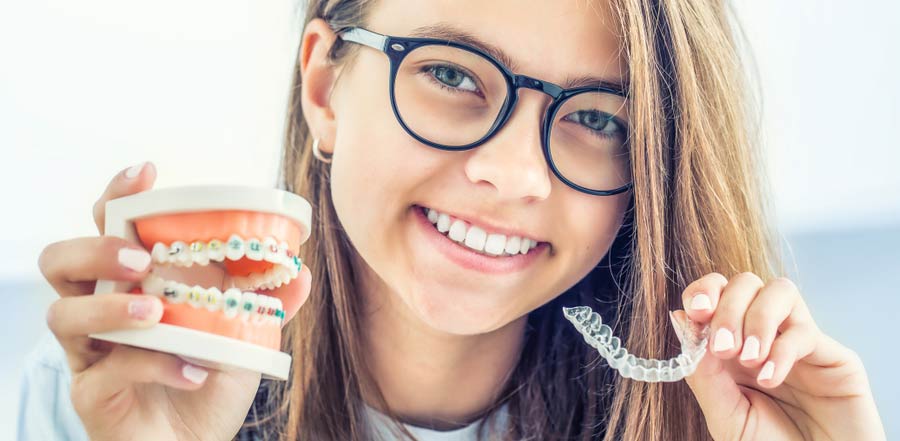Orthodontics Specialist in South Florida
Anyone searching for Orthodontics Specialist in South Florida should consider Dr. Carmen Briceño at Lakes Ortho an award-winning, board certified orthodontist with over 20k cases to her credit. That is imperative because lately experience has taken a back seat to price. But just like you will not hire a electrocian to fix your computer you shouldn’t hire a dentist or go to a dentist when you‘re searching for Orthodontics Specialist in South Florida.
Orthodontics Specialist in South Florida
Dentists and orthodontists have lots of similarities. To begin with, they may both practice as dentists. They both spend some time in institutions to secure their bachelor degree in dentistry. They manage the oral care of their patients. An orthodontist is able to offer the same care as a family dentist but a family dentist cannot give the same level of service as an Orthodontist. That is why there are many essential differences between a dentist and a dentist.
An orthodontist needs to take additional schooling when compared to a dentist. This is done for him/her to work as a specialist dentist in orthodontics. This is just like a general practitioner who has to have additional schooling to become a surgeon. A family dentist finishes a basic dental degree. An orthodontist, on the other hand, has to finish this same dental degree as well as obtaining a specialist degree that takes an additional three years.
A dentist provides a variety of services such as repairing teeth and dental cleaning. A dentist can offer gum care, fillings, and teeth bleaching. He/She can perform dental servies on crown, veneers, and bridges. An orthodontist is really a specialist in jaw and jaw alignment. Orthodontic services helps in facial development.
Another difference between a dentist vs an orthodontist is that dentists refer patients with assorted dental problems to orthodontists. Dentists are unable to give orthodontic care. Cases including fitting braces and Invisalign, teeth alignment, improving an overbite or under bite are referred to these dental specialists.
A dental professional can identify and treat diseases of your teeth, and gums. He or she offers oral care to clients of any age. An orthodontist annalyse and treats bad bites, crooked teeth, and poorly aligned jaws. They offer this care to clients of all ages.
In the dental industry, different services are provided by a dentist than an orthodontist. You should visit an orthodontist for orthodontic care, which shouldn’t be given by a dentist who is not qualified. And, you ought to visit a dentist for general dental hygiene. They both hold important roles in oral care. You must make a knowledgeable decision when choosing which one to check out. Regardless of what we tell you it wouldn’t make a lot of sense to trsut what any website claims is not very samrt and this is why we suggest you read our reviews. A good number of of families select Dr. Carmen Briceño Crespi at Lakes Ortho for Orthodontist North Miami Beach Fl over thousands of local dentist. However, if you would like additional info about Orthodontics Specialist in South Florida take a look at our blog, where you will find many blog areticles on not only best Orthodontics Specialist in South Florida, but many of other subjects concerning everybody trying to get clear braces
Blog Realted to Orthodontics Specialist in South Florida
Braces Or Invisalign To Fix My Teeth?
My name is Alex Crespi, and I am the proud co-founder of Miami Lakes Orthodontics. I have the privilege of working with my beautiful wife, who [...]
Why Invisalign is the Best Choice
A lot has happened throughout the last two decades when it comes to the orthodontic dentistry. Subtler tooth correction options are now available to both children [...]
What is a Board Certified Orthodontist?
Why is a Board Certified Orthodontist the #1 choice for my orthodontic treatment? We often hear the question, ” Who is the best person to help [...]




